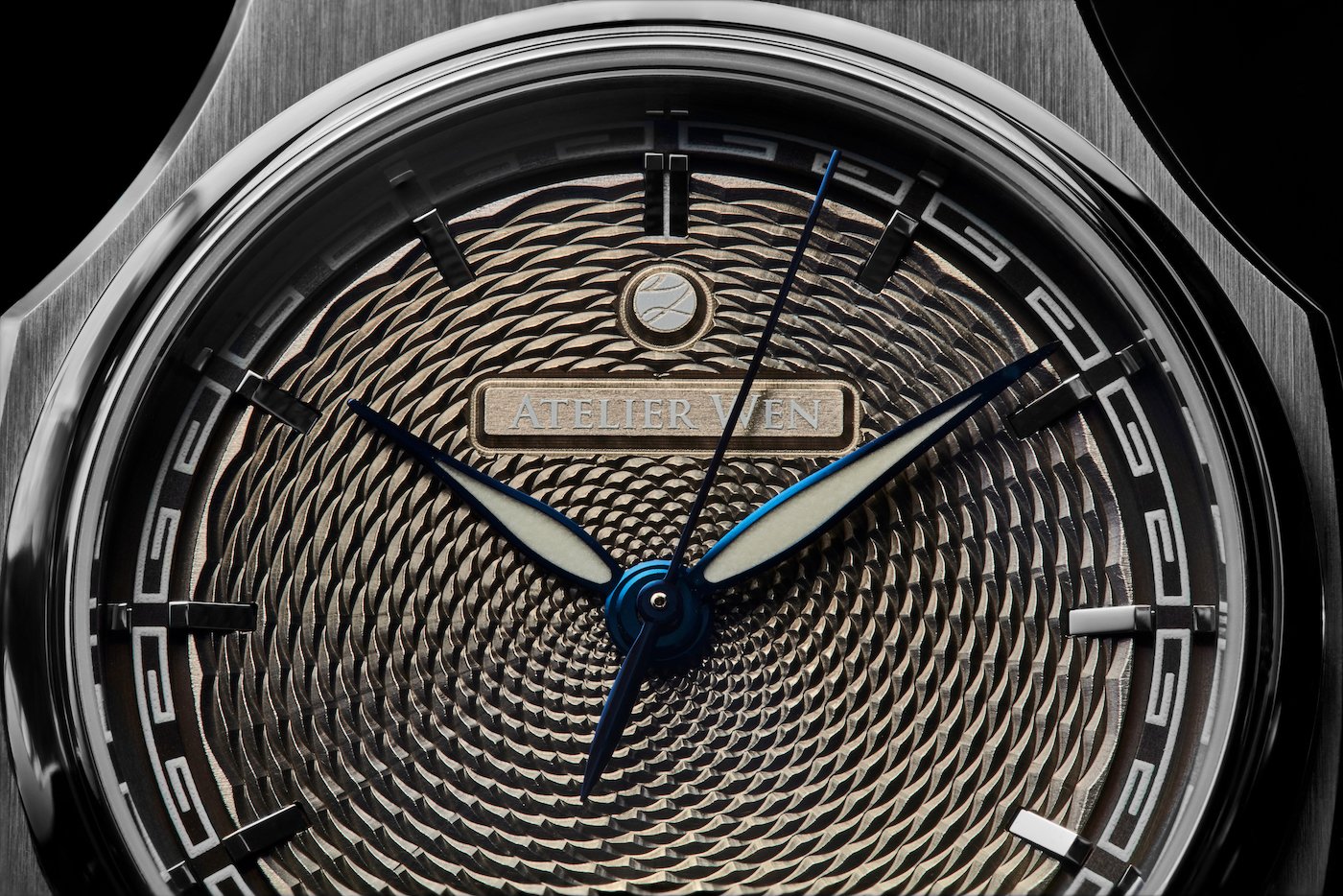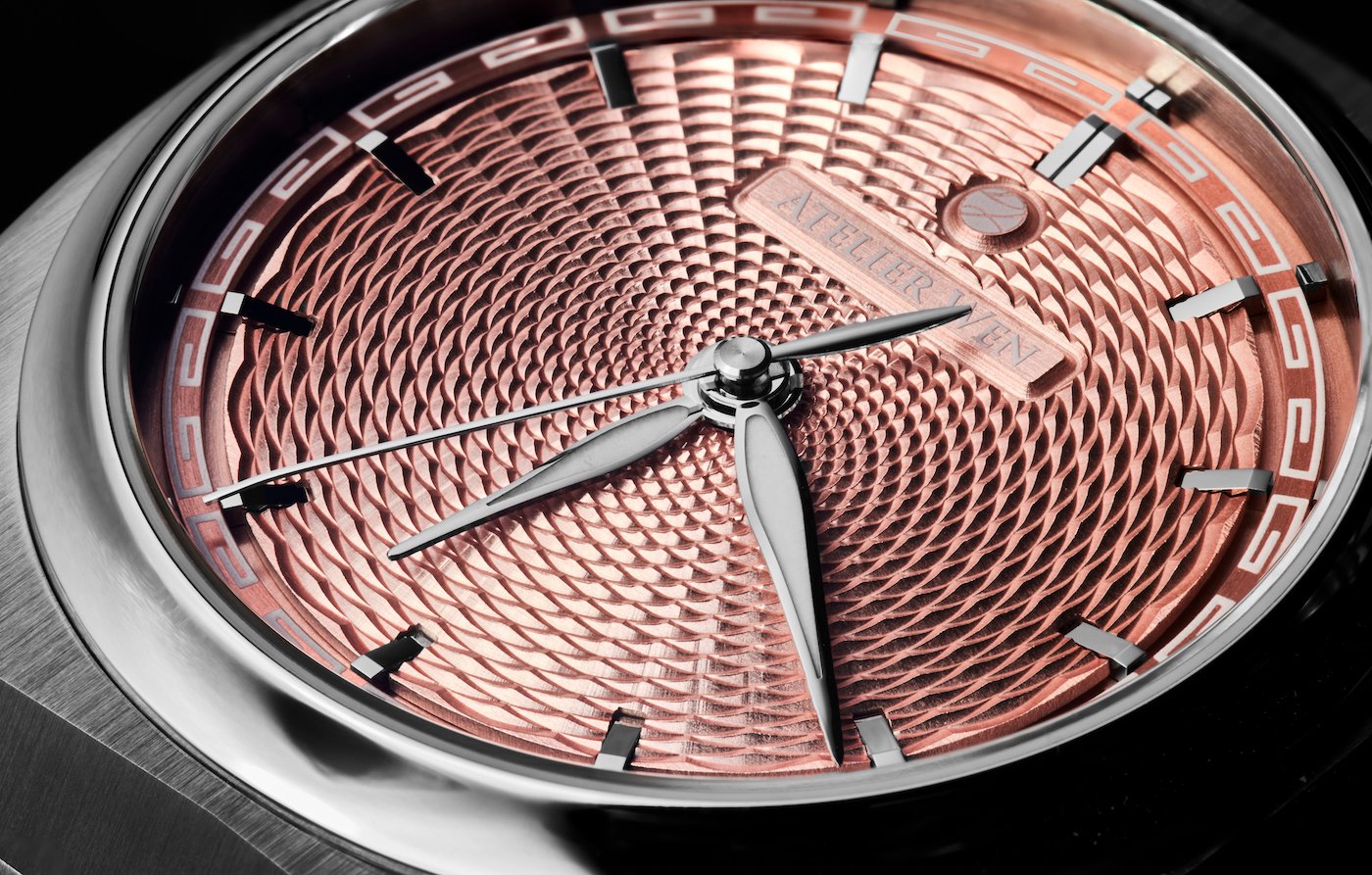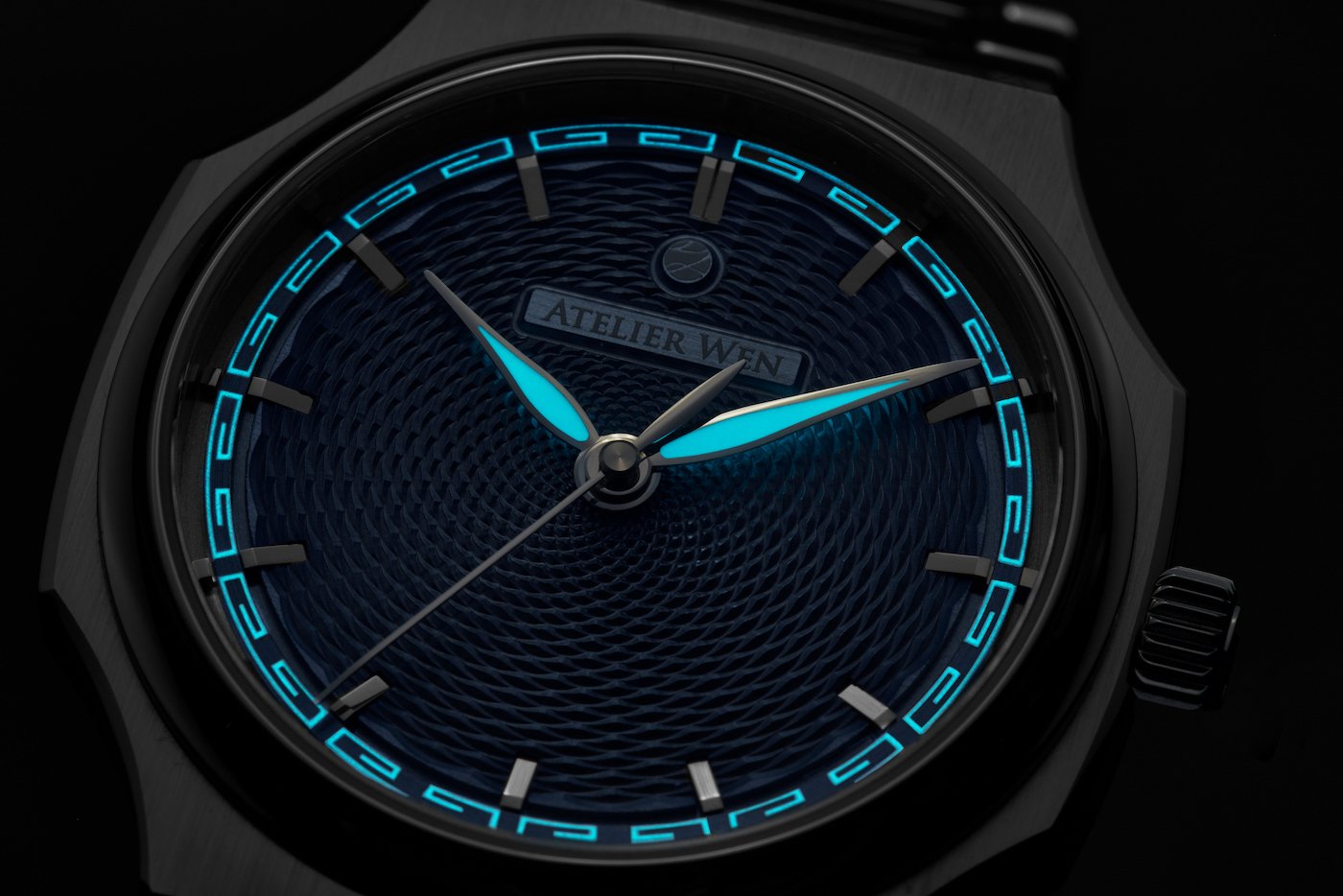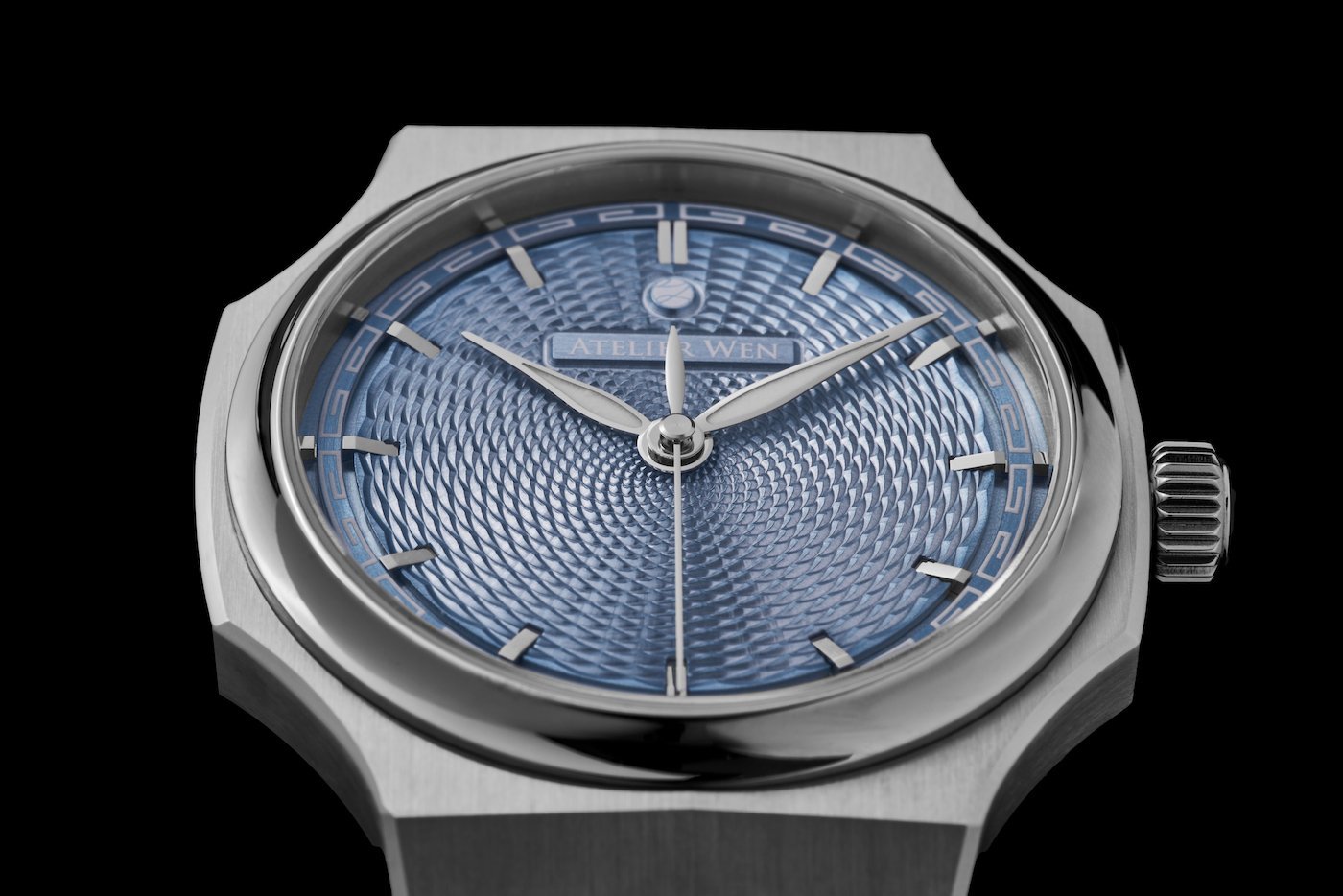heng Yucai could look back on his thirty-some years with satisfaction. The son of a rural family with few means, he had left school as a young teenager and headed for the capital where, after a succession of poorly paid jobs, he was hired as a skilled worker in the machine tools sector, got married and started a family of his own.
His life would change one day in 2014, during lunch with a friend who was visiting Beijing. At the end of the meal, the friend in question took an old Russian snuffbox out of his pocket and showed it to Cheng, who was fascinated by the magnificent undulating radial pattern on its lid, shimmering beneath a layer of blue enamel. The impression of depth and the way it caught the light was like nothing Cheng had ever seen before.
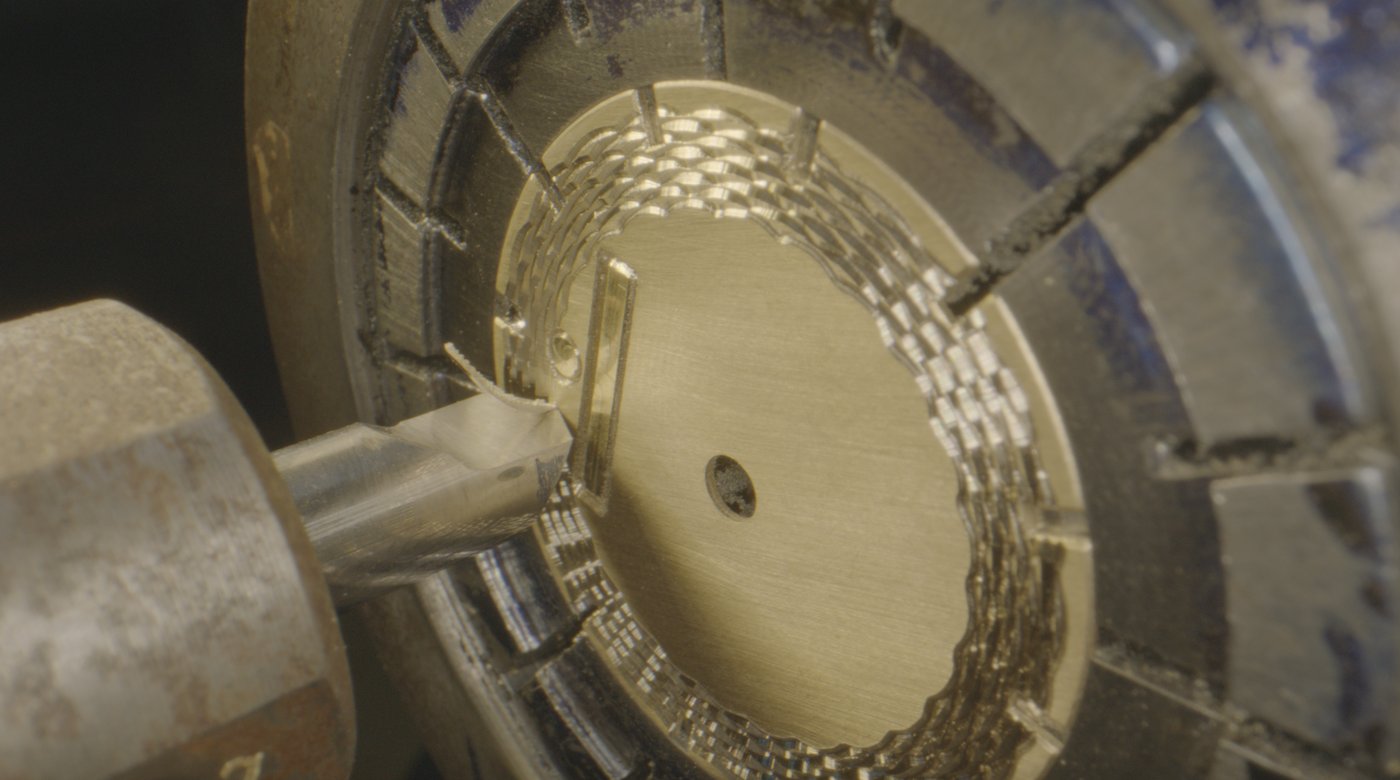
Intrigued, he wanted to know more. His friend, a collector, briefly explained guilloché, adding that no-one in China produced this type of decoration. For a reason he is unable to explain to this day, the sight of the snuffbox filled Cheng with such joy, he decided to embark on a quest that left friends and family perplexed: to learn and master the art of guilloché.
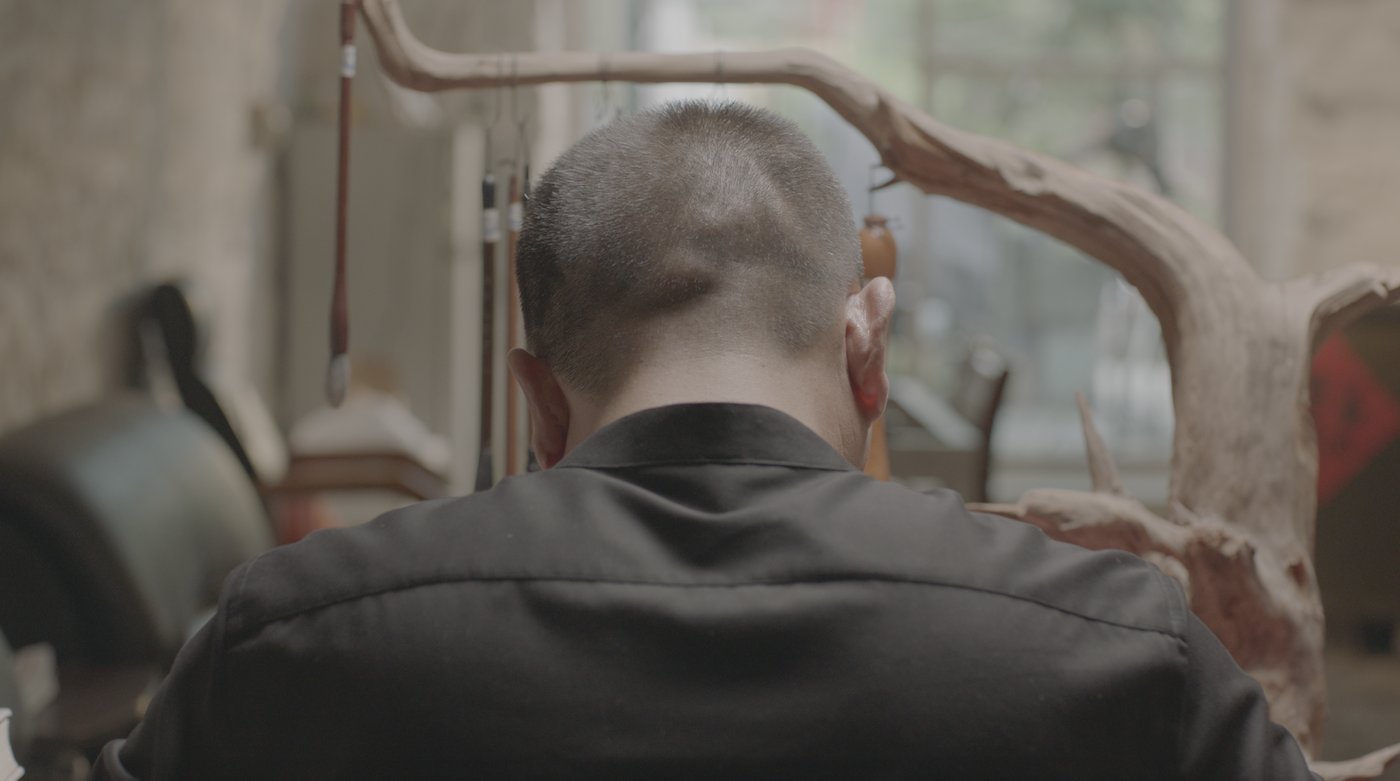
Cheng had overcome life’s odds once already; he saw no reason why he shouldn’t succeed in his new endeavour to become China’s first guilloché master craftsman. Taking wife and children with him, he left his job, and the noise and hustle of Beijing, for Henan province in central China, where he found the peace and quiet he would need, pouring almost all the family’s savings into this new obsession.
Cheng needed a place to work. Somewhere there would be no vibrations that might cause his hand to slip by even a fraction. Somewhere he could work in absolute silence, with nothing to distract him from his goal. This “somewhere” would be a cave in a mountainside close to the town of Xinmi, which he transformed into a studio. He also rented a house nearby for his family. His devotion to guilloché was entirely pure. However, problems began to mount up, starting with the fact that Cheng didn’t have a lathe and couldn’t find any instructions that would enable him to build one. Even in Switzerland, these machines – which are no longer manufactured - are almost impossible to come by.
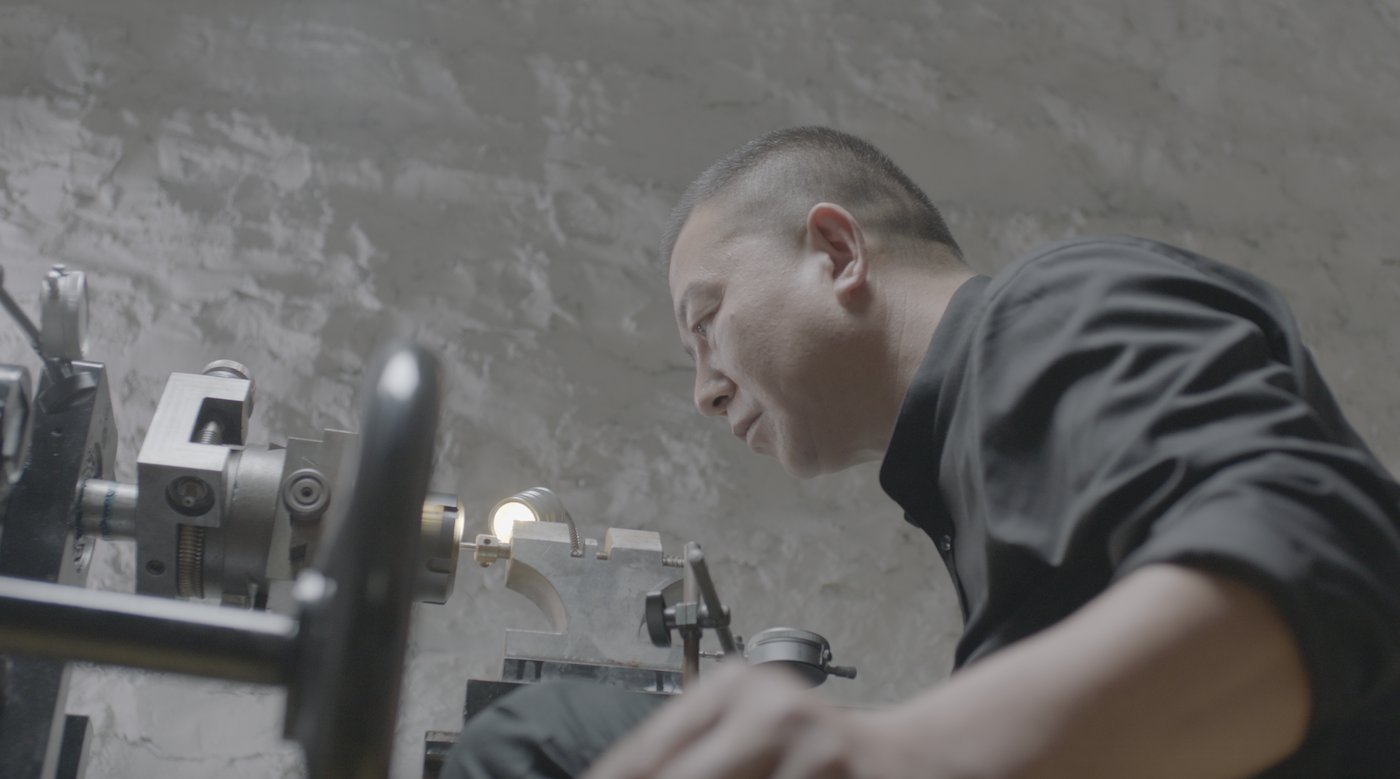
Cheng set about building a lathe to his own design using whatever materials came to hand but, having worked relentlessly for a year, he had to face the fact that his machine simply didn’t work. Twelve months for nothing, but Cheng wasn’t to be discouraged. Two more attempts followed, but neither machine gave the results he had been hoping for.
After two years, he finally succeeded in building a functioning machine, then several more. Thanks to these rose engines and straight-line engines (the latter produce horizontal and vertical lines only), Cheng can engrave watch dials with more than a thousand patterns.
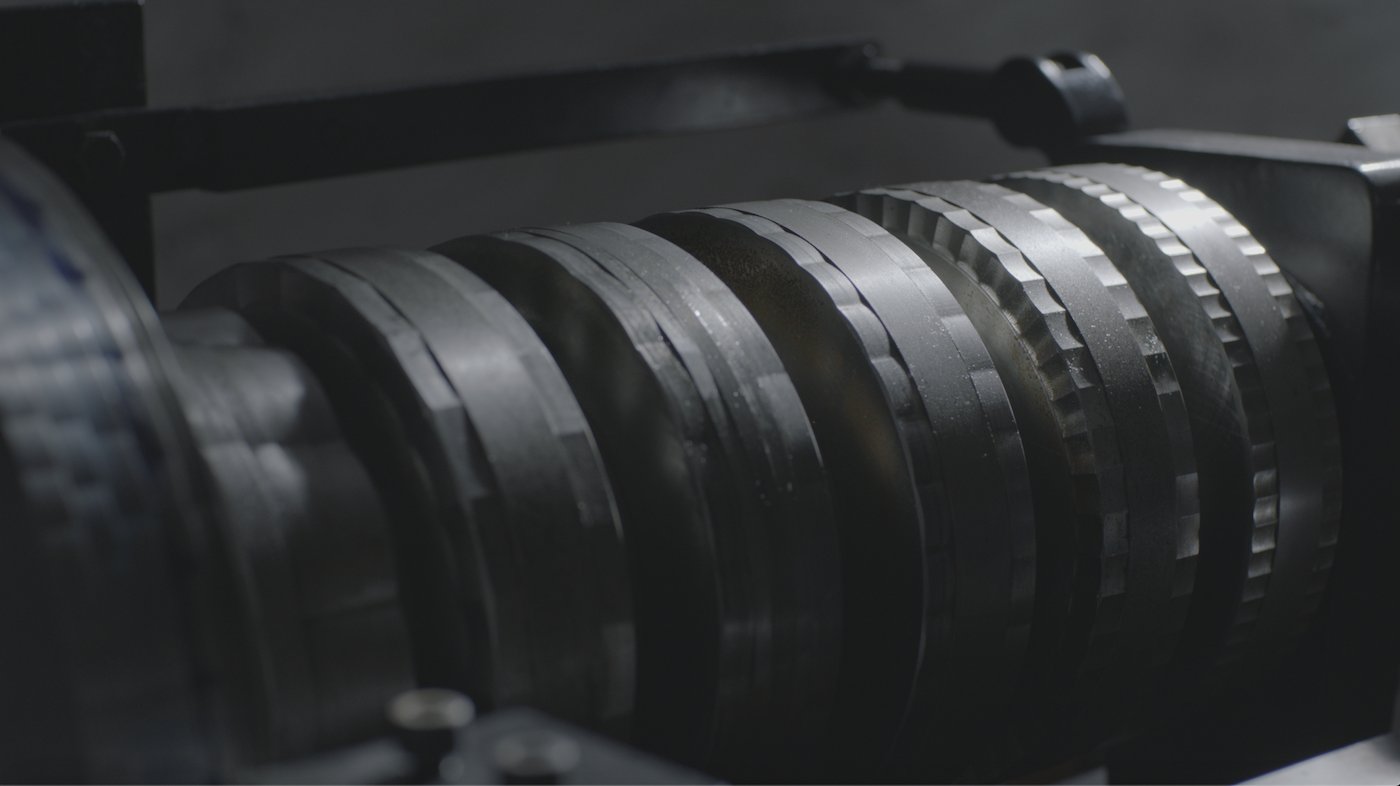
His dream isn’t to have his own brand but to achieve the same level of expertise as Comblémine or Metalem, the foremost representatives of guilloché in Switzerland. He also wants to generate wider interest in the profession and, despite the difficulty of finding apprentices who are willing to spend their days in almost monastic silence, learning a complicated craft that demands the utmost concentration, is training a small number of novice guilloché artisans, as well as teaching at a local school.
He supplies Atelier Wen. The brand, which was set up by two French entrepreneurs to showcase Chinese watchmaking expertise, credits him by name for his contribution to its Perception collection. “Over the course of our collaboration, the complexity of the guilloché dials has increased exponentially, from the twelve hours required for a champagne dial to the 36 hours it takes to complete the guilloché on a silver dial,” insists Robin Tallendier, co-founder of Atelier Wen.
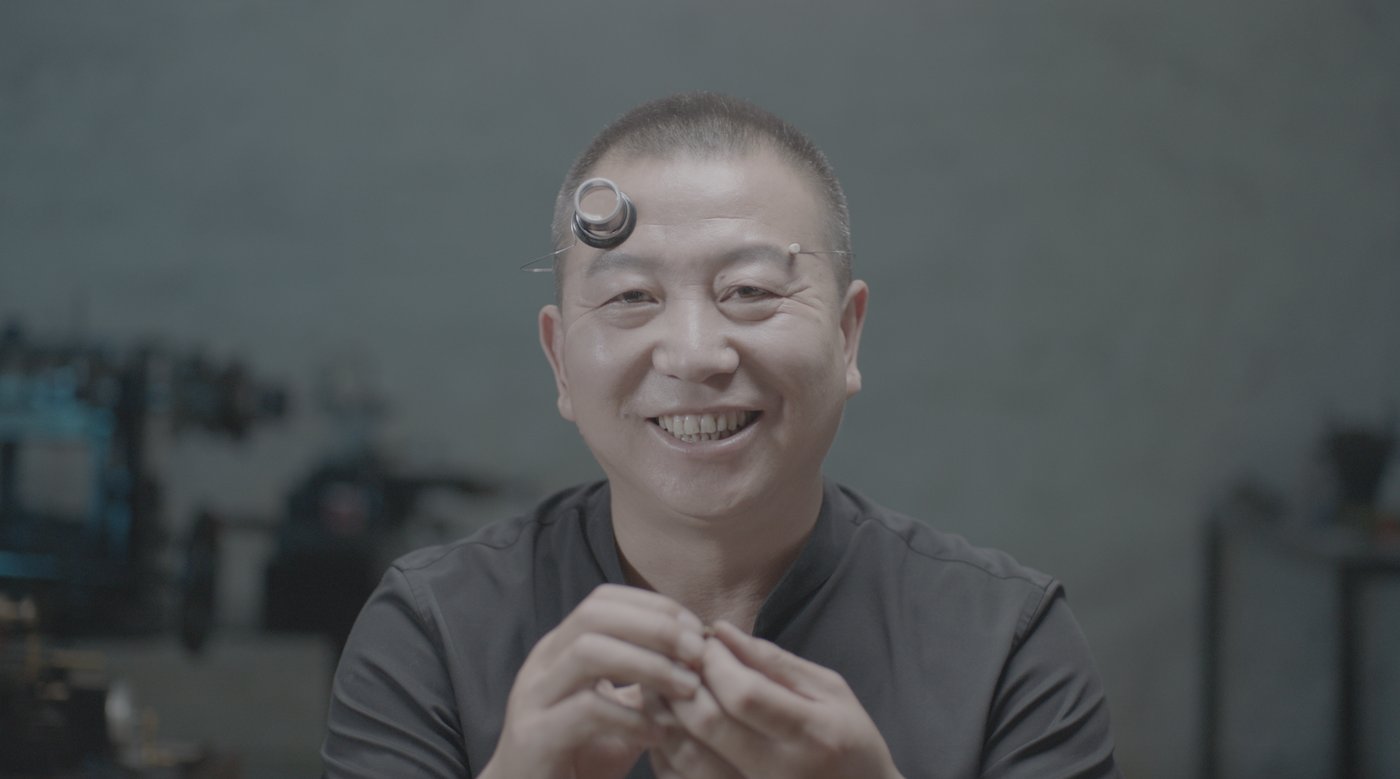
Tallendier is delighted to have discovered this new figure of Chinese craftsmanship. He recently visited the master in Xinmi where he filmed a documentary showing him at work. Having previously laboured in the shadows, Cheng’s collaboration with Atelier Wen has brought him significantly more exposure. Most of all, he hopes the path he is tracing will help future generations of artisans in China. He is, to paraphrase a famous manufacture, “beginning his own tradition”!
